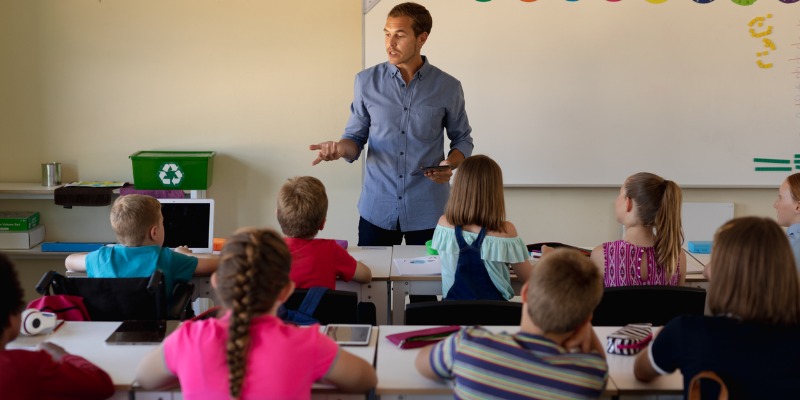Spending on B.C. public schools increases while student results decline

This schoolyear, with its new and evolving protocols, parents in British Columbia should know one thing remains constant—they’re spending more on public schools but students are getting less in educational results.
Indeed, while certain groups push the narrative that B.C. public school spending has been cut, in reality, spending on public schools has grown despite mediocre educational results for B.C. kids.
Consider this. As noted in our recent study, from 2014/15 to 2018/19 (pre-COVID), total spending on B.C. public schools rose from $6.2 billion to $7.1 billion, a 15.4 per cent increase, exceeding the national average. Over that same period, student enrolment only grew by 2.9 per cent, which is below the national average. As a result, B.C.’s per-student spending increased by 12.1 per cent over this five-year period. Even when per-student spending is adjusted for inflation, spending on public schools still increased from $12,203 to $12,513, a 2.5 per cent jump.
Of course, quality education for our kids is critical. We know the B.C. government is spending more on public schools. So what are parents getting for their increased investment?
According to PISA results—an international assessment measuring the academic performance of 15-year-olds—between 2003 and 2018, the latest year of available data, B.C.’s average math scores declined overall. In 2003, B.C. students scored above Canada’s national average but by 2018, they dropped below the national average. Indeed, B.C. experienced one of the steepest declines in Canada.
In PISA reading scores, between 2000 and 2018, we see the exact same trend—B.C. student scores declined overall, shifting from above the national average to below. In science, from 2006 to 2018, the trend was the same.
In short, we’re spending more on public schools but getting less in educational results (although B.C. has the lowest per-student spending among the provinces).
In terms of spending growth, however, B.C. ranks sixth-highest (from 2014/15 to 2018/19) while three provinces actually decreased real per-student spending over this period (Newfoundland and Labrador, Saskatchewan and Alberta).
Some will argue that of course spending is going up, because the government needs to build new schools. But even when capital spending is removed, B.C.’s spending on public schools still increased over this five-year period.
That’s because the main driver of these spending increases is compensation including teacher salaries, benefits, pensions and other costs. In fact, compensation accounted for more than half (50.6 per cent) of the growth in spending on public schools in B.C. over this period—an increase of $683 million in nominal dollars. Just shy of $5.2 billion was spent on compensation alone in 2018/19.
Again, despite claims to the contrary, spending on B.C. public schools has increased despite mediocre educational results. These are the facts. And in public policy, just like in classrooms, facts matter.
Spending more on public schools for better educational results to brighten the future of our children is one thing. But spending more and getting less is a proposition that should be unacceptable to everyone.
Author:
Subscribe to the Fraser Institute
Get the latest news from the Fraser Institute on the latest research studies, news and events.

